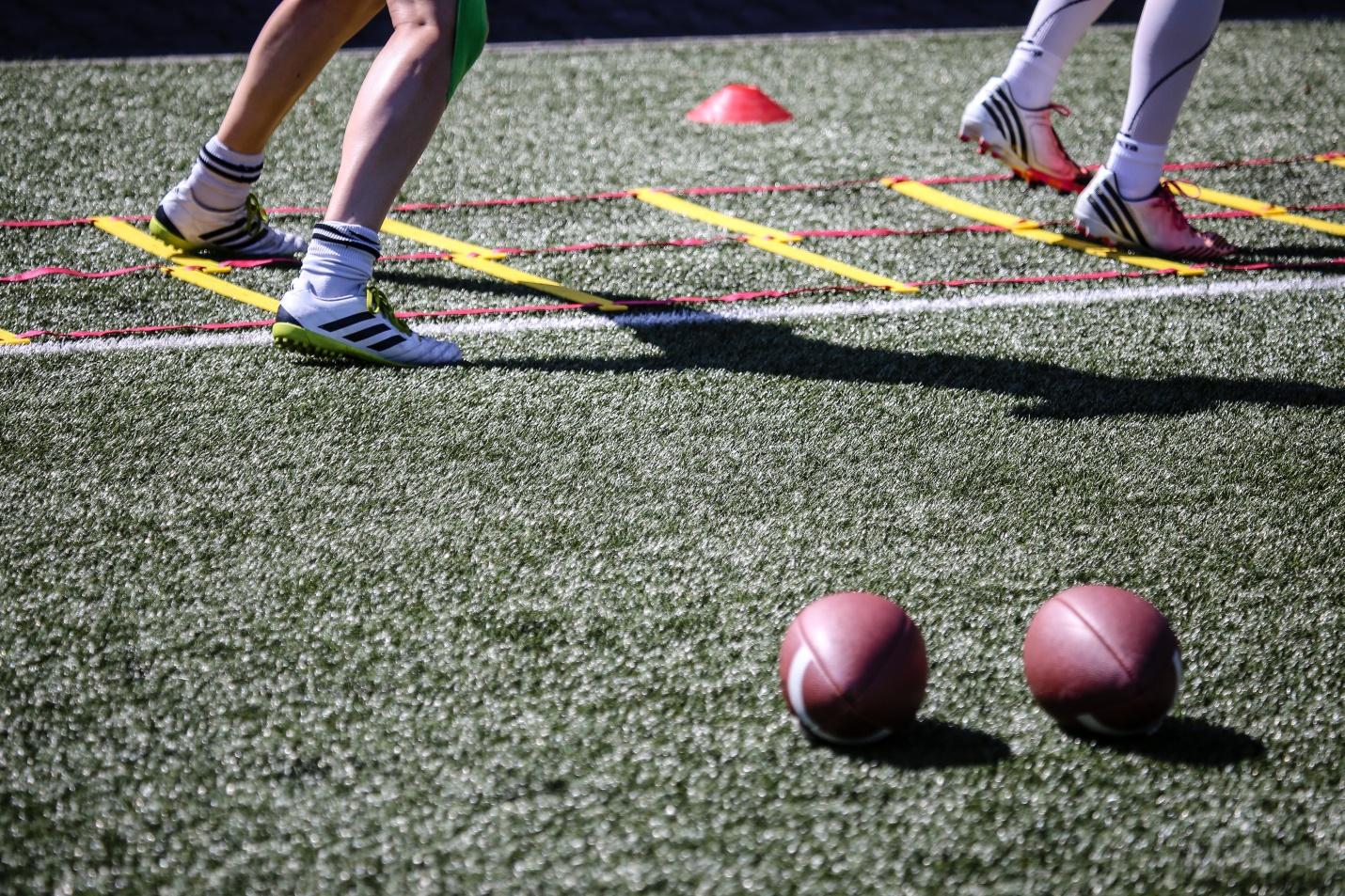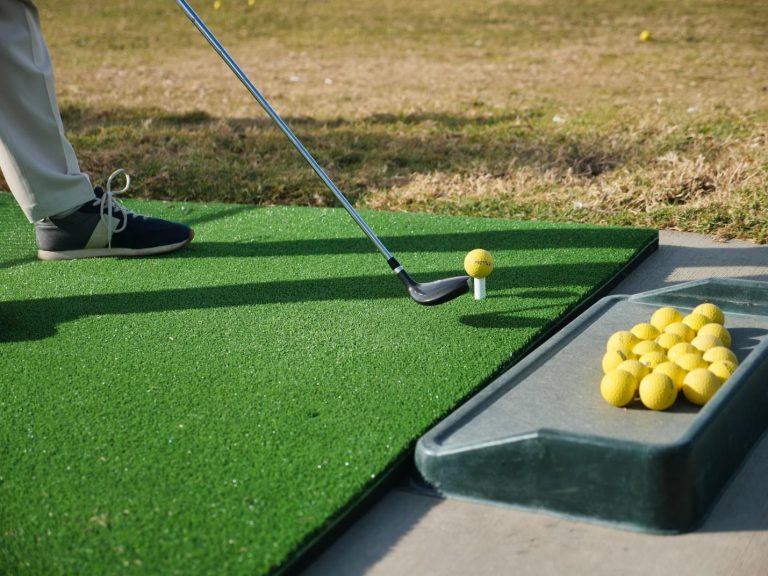Whether you are looking for a greener, more beautiful lawn, or an area to play on, there are many benefits to used artificial grass. Its durability and long-lasting beauty are a huge selling point, making it the perfect choice for high-traffic areas.
Cost of artificial grass
The cost of used man-made grass is relatively low when compared to a new lawn. The main reason is the lower maintenance cost for your home. The grass is typically sold in rolls that cover 1,500 square feet. It can be a little expensive but one roll will typically cover an area.
You will also need to pay for infill, which will add a few dollars to your overall costs. A good tip is to budget for infill at the beginning of the project. The infill should be approximately 1-2 pounds per square foot.
You will also need to budget for stakes and miscellaneous items. The cost of man-made grass installation is a significant part of your overall budget, so keep that in mind when comparing costs.
In the past decade, the man-made grass industry has grown, generating more used grass. This has led to the creation of niche companies that recycle old grass. These companies resell the grass to homeowners and other businesses.
If you’re looking for a good deal on a new man-made grass installation, look for a low price per square foot. This will save you money on labor costs. Man-made grass is quite easy to install, and it requires less labor than a standard lawn. A 1,000-square-foot yard can cost anywhere from $2,000 to $8,000, depending on the type of material used.
Besides evaluating the quality and durability, consider the shape of your lawn. U-shaped grass blades are best for outdoor areas, while V-shaped blades provide a natural appearance and fast recovery. A W-shaped grass blade is the most durable and heat-resistant of all.
Compared to sod, the cost of man-made grass is much lower. Sod costs around $1 to $2 per square foot, but requires more annual maintenance. With sod, you’ll have to rake leaves every spring and fall. Click here for more information about the necessity of raking organic lawns. If you’re looking for a low-maintenance grass, you might want to consider going for use.
In addition to being less expensive, it is also more environmentally-friendly than natural grass. In addition to being easier on the environment, man-made grass is also chemical-free.

Life expectancy of artificial turf
When you’re purchasing a used artificial turf, it’s important to consider how it will be used.
There are many factors to consider, including the amount of foot traffic the area will get. If there is a lot of foot traffic, the life expectancy of an artificial turf installation will likely be shorter than that of a new installation. Fortunately, there are ways to maintain artificial turf so that its lifespan can be extended.
First of all, choose a high-quality product. Cheaper artificial turf has a shorter life expectancy and is more prone to decomposition. It can also suffer from discoloration and be damaged by falling branches and other debris.
Cheaply made artificial turf can also have ripped mesh backing and could be damaged by falling branches. Buying a high-quality product can protect your investment. This is an important consideration for both budgetary and aesthetic reasons that can come with a quartz fireplace.
Another factor to consider is infill materials. The type of infill material can greatly affect the life expectancy of used artificial grasses on your lawn. The right infill material will protect the turf against wear and compression and will help prevent weeds from growing.
Another important factor to consider is recycling. While recycling is a great idea in theory, most used artificial turf will end up in a landfill anyway. Unfortunately, most people don’t have the time to drive a small amount to a recycling facility.
This means that most of the used turf will be destroyed, melted down, and disposed of. This doesn’t exactly solve the environmental concerns of the material. The best option for reused artificial turf is a recycling facility in a city where you can easily get rid of your unwanted material.
Common infill materials are rubber, sand, and crumb rubber.
Although rubber is highly durable, it’s also more expensive than other options. You should look for a high-quality product with a high warranty. Click the link: https://www.health.ny.gov/environmental/outdoors/synthetic_turf/crumb-rubber_infilled/fact_sheet.htm for more information about rubber infill.
The lifespan of used artificial turf varies depending on the type and quality. The better the quality, the longer it will last. However, the installation process will have a large impact on the longevity of the turf.
If the installation is not done properly, there will be problems with drainage, weeds, and other plant-based damage. However, the quality of the artificial grass will also determine the life expectancy. For example, a high-quality turf will last more than a decade.

